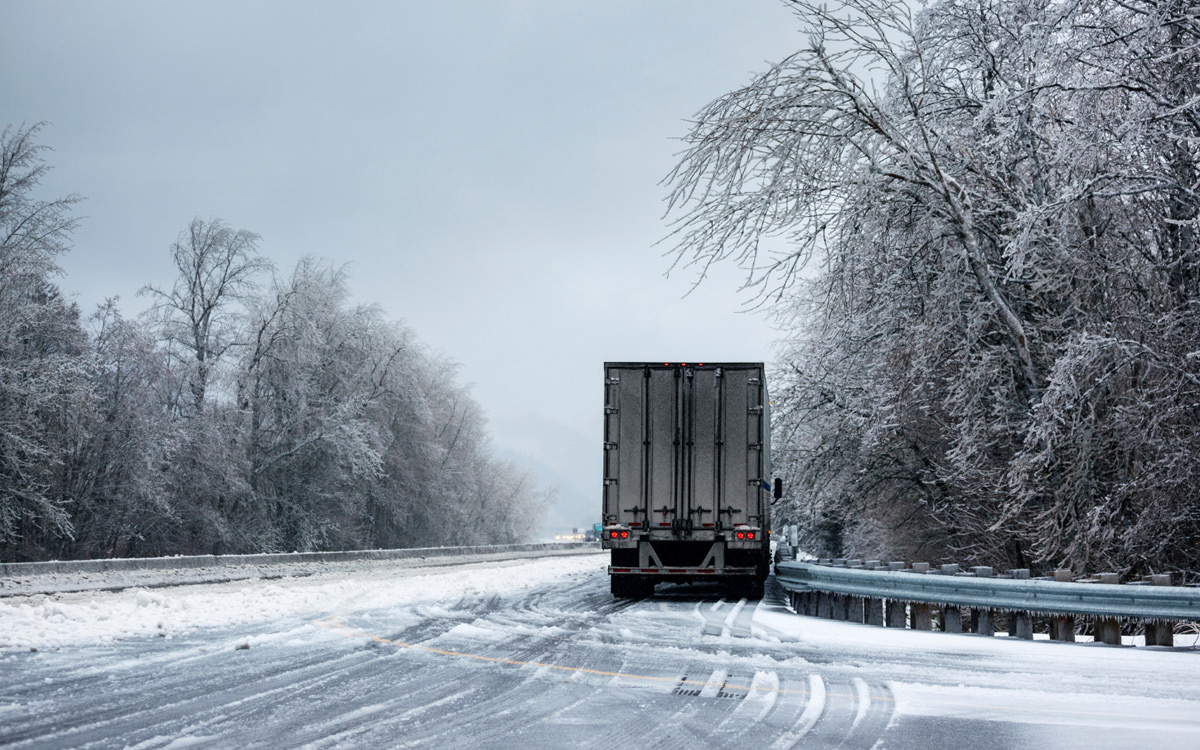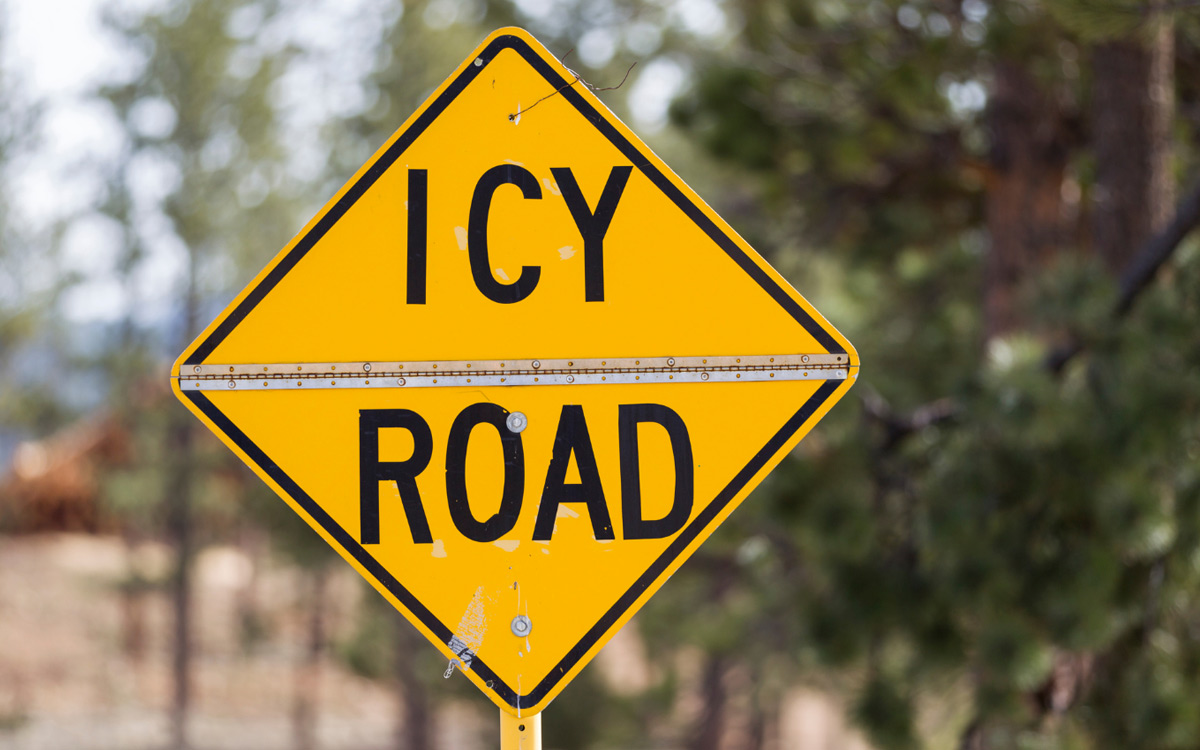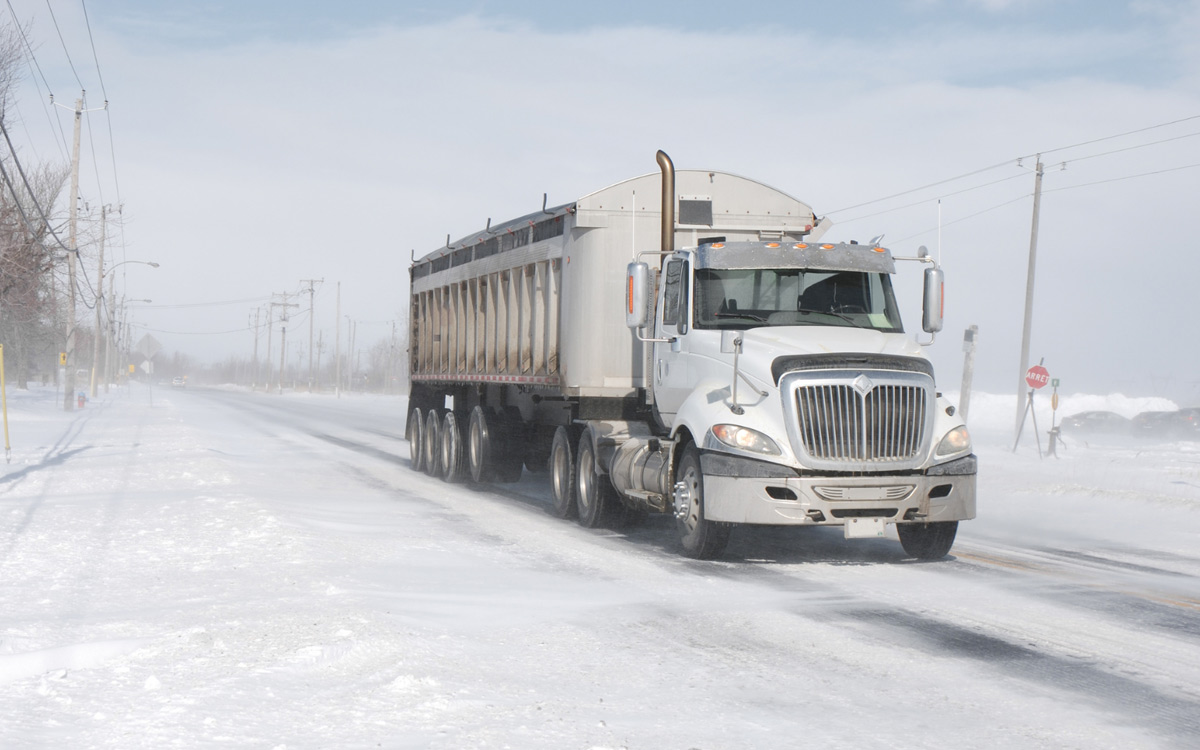4 Tips to Include in Your Winter Preparedness Strategy
September 7, 2021
While Alberta is widely known for its rugged mountain peaks and its stunning prairie landscape, the province also has a well-earned reputation for frigid, bone-chilling winters. With the change in seasons just around the corner, we should ensure we set ourselves up for success when it comes to winter driving.
Not every major roadway is proactively treated with an anti-icer, so we recognize the importance of adopting a safe and effective winter road management strategy. Whether through the application of the right anti-icing agent or preparing your vehicle for icy roads, we believe it’s never too early to develop your winter preparedness strategy. Let’s review four tips to ensure you’re set to hit the roads this winter.
1. Make Sure Your Truck is Stocked and Ready for Winter Driving

In addition to making sure your fuel is topped up, it’s always a good idea to keep extra supplies on hand. This can include windshield washer fluid, a snow brush and scraper, and diesel fuel additives to ensure your diesel is in tip-top shape for the freezing climate.
Winter driving can be unpredictable. In the off chance that you end up stuck, spun out, or at a standstill on the road, a few extra supplies can keep you safe. These might include extra clothes, warm blankets, and non-perishable food items such as canned food and water.
2. Plan Ahead

With Alberta winters being as volatile as they are, ensure you’re setting yourself up for success by checking the weather and road conditions before heading out on the highway. Stay in touch with your fellow drivers to stay updated on crashes, stalls, and roadblocks. Don’t assume that the road to your destination will be clear and free of hazards and map out alternative routes whenever possible.
3. Beware of Icy Roads

Undoubtedly, the deadliest of winter conditions is black ice, that thin layer of barely-there something that could be ice if not just a wet road. Transport Canada reports that black ice can be present on roads with temperatures between 4C and -4C. High quality anti-icing products like Tiger’s Road Guard Plus™ are especially designed to aggressively melt snow and ice down to -32C making it much more effective than traditional salt and the perfect solution for icy Albertan roads.
While black ice typically forms at night or in the early hours of the morning, it’s important to note that transparent ice can still be found on roads well after sunrise. Take extra caution while driving on bridges and overpasses as black ice forms readily in these areas due to the unrestricted supply of cold air. To avoid skidding, allow yourself ample space and anticipate your next move to allow for smooth turns and stops. In terms of safety gear, ensure you have an extra pair of sturdy water-proof shoes with grippy soles to combat icy sidewalks and parking lots.
4. Establish a ‘Safety-First’ mindset

According to the 2018 Alberta Traffic Collision Statistics report, slush, snow, or ice was involved in 19.9% of fatal collisions and 27.8% of non-fatal injury collisions.
Whether you’re a new or seasoned driver, a safety-first mindset is critical. Watch for hazards and warning signs such as stalled vehicles or spun-out trucks. When experiencing dangerous driving conditions pull over and find a safe spot to wait out the storm. When facing treacherous winter conditions, there is no delivery or appointment more important than your safety.
Use These Tips as Part of Your Winter Road Management Strategy
At Tiger Calcium, individual well-being and the safety of our products and services, guide every decision we take. Whether you’re heading to the mountains for the weekend or on route to make your last delivery of the day, keep these tips in mind and be proactive with your winter preparedness strategy.
